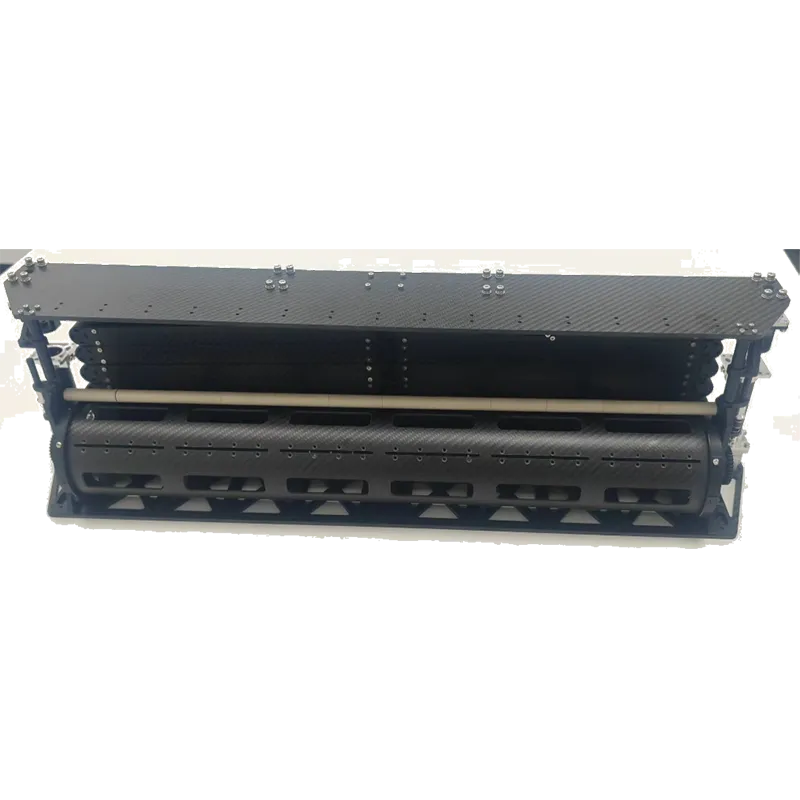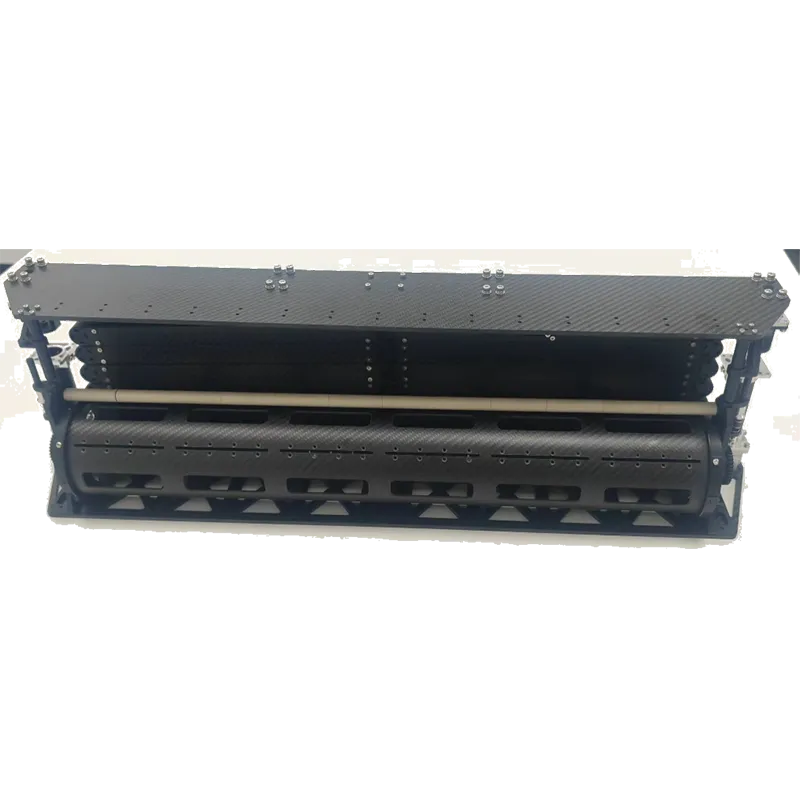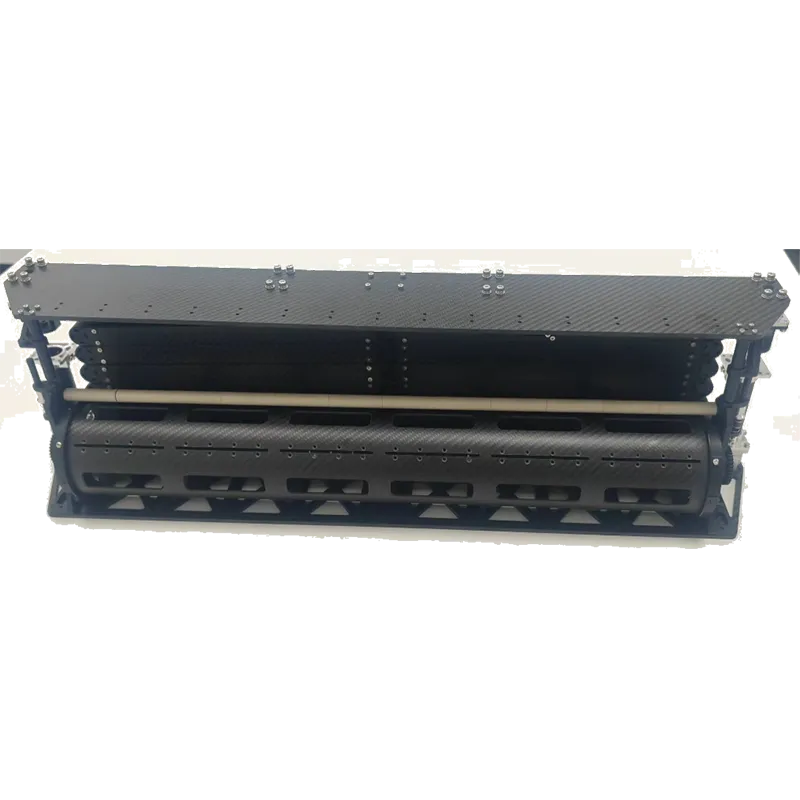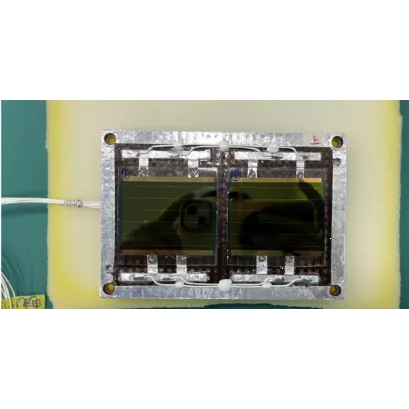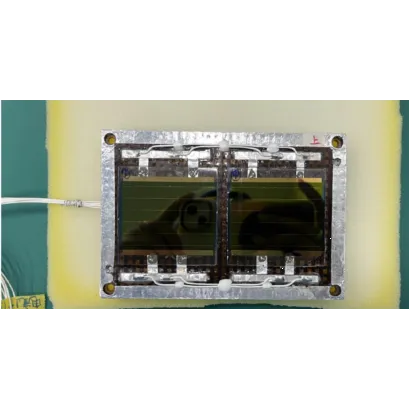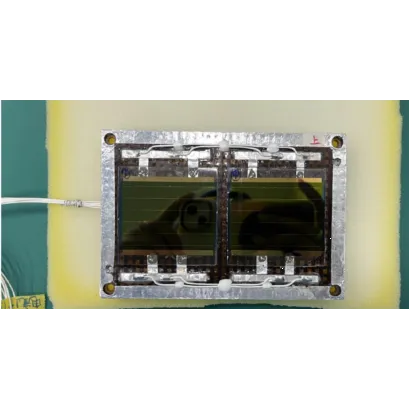
- អាហ្រ្វិក
- អាល់បានី
- អាំហារិក
- ភាសាអារ៉ាប់
- អាមេនី
- អាស៊ែបៃហ្សង់
- បាស
- បេឡារុស្ស
- បង់ក្លាដែស
- បូស្នៀ
- ប៊ុលហ្គារី
- កាតាឡាន
- សេប៊ូណូ
- ចិន
- Corsican
- ក្រូអាត
- ឆេក
- ដាណឺម៉ាក
- ហូឡង់
- ភាសាអង់គ្លេស
- អេស្ប៉ារ៉ាន់តូ
- អេស្តូនី
- ហ្វាំងឡង់
- បារាំង
- ហ្វ្រីសៀន
- ហ្គាលីសៀន
- ហ្សកហ្ស៊ី
- អាឡឺម៉ង់
- ក្រិក
- ហ្គូចារ៉ាទី
- ក្រេអូល ហៃទី
- ហូសា
- ហាវ៉ៃ
- ភាសាហេព្រើរ
- ទេ
- Miao
- ហុងគ្រី
- អ៊ីស្លង់
- អ៊ីកបូ
- ឥណ្ឌូនេស៊ី
- អៀរឡង់
- អ៊ីតាលី
- ជប៉ុន
- ជ្វា
- កាណាដា
- កាហ្សាក់ស្ថាន
- ខ្មែរ
- រវ៉ាន់ដា
- កូរ៉េ
- ឃឺដ
- កៀហ្ស៊ីស៊ី
- ពលកម្ម
- ឡាតាំង
- ឡាតវី
- លីទុយអានី
- លុចសំបួរ
- ម៉ាសេដូនៀ
- ម៉ាឡាហ្គាស៊ី
- ម៉ាឡេ
- ម៉ាឡាយ៉ាឡា
- ម៉ាល់តា
- ម៉ៅរី
- ម៉ារ៉ាធី
- ម៉ុងហ្គោលី
- មីយ៉ាន់ម៉ា
- នេប៉ាល់
- ន័រវេស
- ន័រវេស
- អូស៊ីតាន់
- ប៉ាសតូ
- ពែរ្ស
- ប៉ូឡូញ
- ព័រទុយហ្គាល់
- ពុនចាប៊ី
- រ៉ូម៉ានី
- រុស្សី
- សាម័រ
- ស្កុតឡេក
- ស៊ែប៊ី
- ភាសាអង់គ្លេស
- សូណា
- ស៊ីនឌី
- ស៊ីនហាឡា
- ស្លូវ៉ាគី
- ស្លូវេនី
- សូម៉ាលី
- ភាសាអេស្ប៉ាញ
- ស៊ុនដា
- ស្វាហ៊ីលី
- ស៊ុយអែត
- តាកាឡុក
- តាជីក
- តាមីល
- តាតា
- តេលូហ្គូ
- ថៃ
- ទួរគី
- តួកមេន
- អ៊ុយក្រែន
- អ៊ូឌូ
- អ៊ុយហ្គួរ
- អ៊ូសបេក
- វៀតណាម
- វែល
- ជំនួយ
- យីឌីស
- យូរូបា
- ហ្សូលូ
UAV
A UAV (Unmanned Aerial Vehicle), commonly known as a drone, is an aircraft that operates without a human pilot onboard. Some models, such as those with VTOL capabilities, can take off and land vertically, making them especially useful in constrained environments. UAVs are widely used in industries such as defense, agriculture, logistics, and aerial photography, offering efficient, cost-effective, and innovative solutions for various applications.
កំពុងរកមើល UAVs ដែលមានប្រសិទ្ធភាពខ្ពស់សម្រាប់កម្មវិធីរបស់អ្នក?
សហការគ្នាទាំងស្រុងនូវទំនាក់ទំនងពន្ធលើធនធានតាមរយៈទីផ្សារពិសេសសំខាន់ៗប្រកបដោយវិជ្ជាជីវៈ។
ទាក់ទងមកយើងខ្ញុំតើអ្វីទៅជាប្រភេទ UAVs និងកម្មវិធីរបស់ពួកគេ?
UAVs មានច្រើនប្រភេទ ដោយផ្អែកលើទំហំ ជួរ និងមុខងាររបស់វា ដែលនីមួយៗត្រូវបានរចនាឡើងសម្រាប់កម្មវិធីជាក់លាក់។ ប្រភេទទូទៅបំផុតរួមមាន UAVs ស្លាបថេរ UAVs rotary-wing UAVs កូនកាត់ និង UAVs រយៈកម្ពស់ខ្ពស់ (HALE) ។
UAVs ស្លាបថេរស្រដៀងទៅនឹងយន្តហោះប្រពៃណី ហើយត្រូវបានគេស្គាល់ថាសម្រាប់ការស៊ូទ្រាំហោះហើរបានយូរ និងសមត្ថភាពល្បឿនលឿន។ UAVs ទាំងនេះត្រូវបានប្រើប្រាស់យ៉ាងទូលំទូលាយសម្រាប់ការគូសផែនទី ការឃ្លាំមើល និងការត្រួតពិនិត្យបរិស្ថាន ដោយសារពួកគេអាចគ្របដណ្តប់លើតំបន់ធំៗប្រកបដោយប្រសិទ្ធភាព។ ពួកវាត្រូវបានដាក់ពង្រាយជាទូទៅក្នុងវិស័យកសិកម្មសម្រាប់ការត្រួតពិនិត្យដំណាំ ក្នុងការគ្រប់គ្រងគ្រោះមហន្តរាយសម្រាប់ការវាយតម្លៃតំបន់ដែលរងផលប៉ះពាល់ និងក្នុងប្រតិបត្តិការយោធាសម្រាប់បេសកកម្មឈ្លបយកការណ៍។
យាន UAVs Rotary-wing ដែលរួមមាន quadcopters និងឧទ្ធម្ភាគចក្រ ផ្តល់នូវភាពបត់បែនកាន់តែច្រើន និងសមត្ថភាពក្នុងការដាក់នៅនឹងកន្លែង។ UAVs ទាំងនេះគឺល្អសម្រាប់ការថតរូបពីលើអាកាស ការឃ្លាំមើលពេលវេលាជាក់ស្តែង និងសេវាកម្មដឹកជញ្ជូន។ ដោយសារតែសមត្ថភាពចុះចត និងចុះចតបញ្ឈរ (VTOL) ពួកវាត្រូវបានគេប្រើយ៉ាងទូលំទូលាយនៅក្នុងតំបន់ទីក្រុងដែលកន្លែងទំនេរមានកំណត់។ ប៉ូលីស និងក្រុមឆ្លើយតបគ្រាអាសន្នប្រើប្រាស់ UAVs ស្លាបបង្វិលសម្រាប់ត្រួតពិនិត្យចរាចរណ៍ តាមដានជនសង្ស័យ និងផ្តល់ជំនួយពីលើអាកាសក្នុងប្រតិបត្តិការជួយសង្គ្រោះ។
UAVs កូនកាត់រួមបញ្ចូលគ្នានូវលក្ខណៈពិសេសរបស់ UAVs ស្លាបថេរ និងស្លាបរ៉ូតារីង ដែលអនុញ្ញាតឱ្យពួកវាហោះចេញពីបញ្ឈរ និងផ្លាស់ប្តូរទៅជាការហោះហើរទៅមុខសម្រាប់ជួរពង្រីក និងប្រសិទ្ធភាព។ UAVs ទាំងនេះត្រូវបានប្រើនៅក្នុងកម្មវិធីដែលតម្រូវឱ្យមានភាពបត់បែន ដូចជាការដឹកជញ្ជូនទំនិញ និងការឃ្លាំមើលរយៈចម្ងាយឆ្ងាយ។
UAVs ធន់ទ្រាំនឹងរយៈកម្ពស់ខ្ពស់ (HALE) ត្រូវបានរចនាឡើងសម្រាប់បេសកកម្មបន្ថែមនៅរយៈកម្ពស់ខ្ពស់។ UAVs ទាំងនេះត្រូវបានប្រើប្រាស់ជាចម្បងសម្រាប់ការស៊ើបការណ៍យោធា ការត្រួតពិនិត្យអាកាសធាតុ និងការស្រាវជ្រាវវិទ្យាសាស្ត្រ។ បំពាក់ដោយឧបករណ៍ចាប់សញ្ញាកម្រិតខ្ពស់ ពួកវាអាចបន្តហោះហើរបានច្រើនថ្ងៃ ឬច្រើនសប្តាហ៍ ដោយផ្តល់នូវការប្រមូលទិន្នន័យតាមពេលវេលាជាក់ស្តែងលើតំបន់ដ៏ធំល្វឹងល្វើយ។
ជាមួយនឹងភាពជឿនលឿនជាបន្តបន្ទាប់នៅក្នុងបច្ចេកវិទ្យា UAV កម្មវិធីរបស់ពួកគេកំពុងពង្រីកយ៉ាងឆាប់រហ័ស ចាប់ពីការផ្តល់យន្តហោះគ្មានមនុស្សបើកដោយស្វ័យប្រវត្តិ រហូតដល់ប្រតិបត្តិការយោធាកម្រិតខ្ពស់។ ការរួមបញ្ចូលនៃ AI ថាមពលថ្មដែលប្រសើរឡើង និងប្រព័ន្ធទំនាក់ទំនងដែលប្រសើរឡើងនឹងពង្រឹងសមត្ថភាព UAV បន្ថែមទៀតនាពេលអនាគត។
What Is the Difference Between a UAV, Drone, And UAS?
Understanding the distinctions between a UAV, drone, and UAS is important for anyone involved in aerial operations or technology acquisition. A UAV (Unmanned Aerial Vehicle) specifically refers to the aircraft itself—an aerial vehicle operated without an onboard human pilot. In contrast, the term drone is a more informal and popular phrase that people commonly use to describe any unmanned flying machine, whether remotely piloted or fully autonomous. The terminology tends to overlap in everyday conversations but can vary depending on the context.
Expanding beyond just the vehicle, a UAS (Unmanned Aircraft System) includes the UAV along with its ground control stations, communication links, data processing equipment, and all supporting elements needed for its operation. This means when you purchase or deploy a UAS, you are acquiring an entire ecosystem designed for effective mission execution—from takeoff to data collection and control.
In practical terms, if you are considering purchasing a Dual-all-wing VTOL UAV or a twin tail drone, you’re likely looking at components that fit into a broader UAS setup, which enables autonomous and remote operations, supports modular payloads, and provides real-time data transmission. Understanding these differences helps operators select the best equipment for their mission needs, whether for surveillance, mapping, or industrial inspections. Manufacturers like SpaceNavi Co., Ltd recommend choosing systems where these parts work seamlessly together to optimize performance, efficiency, and operational flexibility.
How Does a Dual-All-Wing Vtol UAV Improve Operational Flexibility?
The Dual-all-wing VTOL UAV design represents an innovative fusion between the capabilities of fixed-wing aircraft and the maneuverability of rotary-wing drones. Traditional fixed-wing UAVs require runways or catapult launchers for takeoff and landing, which limits where and how they can be deployed. In contrast, VTOL drones with dual all-wing configurations offer the ability to take off and land vertically in tight spaces without needing runways, vastly improving their operational flexibility.
This means the drone can be rapidly deployed in urban environments, rugged terrains, or disaster zones, where runway access is impossible or impractical. Additionally, the aerodynamic efficiency of the all-wing design provides longer flight endurance compared to multirotor drones, enabling extended mission durations with optimized fuel consumption and lightweight construction.
The twin tail drone design enhances stability and control, especially when dealing with varying wind conditions. This improved wind resistance level is crucial during high-altitude operations or in areas with unpredictable weather, ensuring safe flight and accurate data collection. Moreover, many of these VTOL UAVs support multi-payload capability, allowing operators to switch between cameras, sensors, or communication modules as needed, maximizing mission versatility. Real-time data transmission features further enable seamless monitoring and analysis during flight, making such UAVs indispensable tools for modern aerial operations.
What Role Does Wind Resistance Level Play in Uav Performance?
Wind resistance is one of the most important performance metrics for any UAV, and it becomes especially critical for vertical take-off and landing drones operating outdoors in a wide range of weather conditions. When drones face gusty winds or turbulent airflow, their ability to maintain stable flight, precise control, and accurate navigation can be significantly challenged. This factor, often measured as the drone’s wind resistance level, directly affects mission success, particularly for tasks that demand long endurance or take place in exposed, high-altitude environments where wind speeds are unpredictable and often strong.
For example, a Dual-all-wing VTOL UAV used in environmental monitoring or search and rescue operations must reliably hover, maneuver, or cruise despite sudden wind shifts. Without sufficient wind resistance, the drone risks losing control or deviating from its flight path, which can interrupt data transmission or cause mission failure. In contrast, drones designed with superior aerodynamic features and high wind resistance maintain smooth flight dynamics, requiring less corrective power from motors and therefore conserving battery or fuel—critical during extended flights.
Specifically, advanced UAV designs such as twin tail drones incorporate structural reinforcements and aerodynamic efficiencies that minimize drag and improve stability under windy conditions. These design elements allow for seamless transitions between hovering—needed during vertical takeoff or precise positioning—and forward flight, often required for long-distance travel. Such aerodynamic stability also means these UAVs can safely carry heavier or asymmetrical payloads without negatively affecting flight control, making them versatile for multi-payload missions.
When selecting a UAV, buyers should pay close attention to the manufacturer’s published wind resistance level ratings and seek real-world performance data or test results reflecting operation in challenging weather. Reliable manufacturers focus on balancing lightweight construction with rugged materials and design innovations that ensure both durability and aerodynamic resilience. This balance is essential to provide operators with confidence that their UAV can withstand the elements and perform consistently across diverse mission profiles, from urban infrastructure inspections to high-altitude surveillance.
In summary, wind resistance is not just a technical specification but a key factor influencing UAV operational reliability, safety, and efficiency. Choosing a UAV optimized for high wind resistance ultimately leads to longer, safer missions with higher quality data collection and less downtime, especially when dealing with vertical take-off and landing drones like Dual-all-wing VTOL UAVs or twin tail drones.
What Makes VTOL UAVs Superior in Restricted or Urban Environments?
VTOL UAVs provide unparalleled advantages in restricted or urban environments where space for takeoff and landing is extremely limited or non-existent. Unlike traditional fixed-wing UAVs that require runways or large open areas, vertical take-off and landing drones have the unique capability to ascend and descend vertically, enabling operation from rooftops, narrow alleyways, parking lots, or even moving vehicles. This vertical lift capability transforms how aerial missions are conducted in dense urban settings, disaster zones, and complex industrial sites where accessibility is a major challenge.
Their compact footprint and the ability to hover make VTOL drones particularly suitable for infrastructure inspection—such as bridges, power lines, and skyscrapers—where precise positioning is required. Emergency responders also rely on these drones to quickly deploy into tight spaces during search and rescue operations or disaster assessments, providing real-time situational awareness without risking human lives. Furthermore, urban surveillance benefits greatly from VTOL UAVs’ capacity to navigate congested airspace and capture detailed imagery or sensor data in areas where traditional aircraft or larger drones simply cannot operate safely.
Key to their superior performance in such demanding environments is the aerodynamic design. Many VTOL UAVs incorporate dual-all-wing configurations or twin tail drone layouts, enhancing stability and maneuverability even in turbulent urban wind conditions. A high wind resistance level allows these drones to withstand sudden gusts common in cityscapes caused by buildings and narrow streets, maintaining steady flight and precise control. This stability is essential for capturing accurate data, whether it’s high-resolution video, thermal imaging, or sensor readings during complex tasks.
Moreover, many VTOL drones feature advanced autonomous flight modes and support real-time data transmission, enabling operators to monitor missions remotely and react quickly to emerging situations. This reduces human workload and allows for more efficient mission management. The combination of vertical lift, aerodynamic efficiency, wind resistance, and intelligent control systems makes Dual-all-wing VTOL UAVs and twin tail drones the go-to choice for professionals working in urban environments or other confined areas. They deliver capabilities that traditional fixed-wing or multirotor drones simply cannot match, ensuring safe, reliable, and effective operations in some of the most challenging aerial settings.
ប្រភេទនៃ UAVs និងកម្មវិធីរបស់ពួកគេ។
-
 Fixed-Wing UAVsរចនាឡើងសម្រាប់បេសកកម្មរយៈចម្ងាយឆ្ងាយ ប្រើក្នុងការធ្វើផែនទី ការឃ្លាំមើល និងការត្រួតពិនិត្យកសិកម្ម។
Fixed-Wing UAVsរចនាឡើងសម្រាប់បេសកកម្មរយៈចម្ងាយឆ្ងាយ ប្រើក្នុងការធ្វើផែនទី ការឃ្លាំមើល និងការត្រួតពិនិត្យកសិកម្ម។ -
 Rotary-Wing UAVsរួមបញ្ចូលទាំង quadcopters និងឧទ្ធម្ភាគចក្រ ដែលល្អសម្រាប់ការថតរូបពីលើអាកាស ការអនុវត្តច្បាប់ និងការចែកចាយ។
Rotary-Wing UAVsរួមបញ្ចូលទាំង quadcopters និងឧទ្ធម្ភាគចក្រ ដែលល្អសម្រាប់ការថតរូបពីលើអាកាស ការអនុវត្តច្បាប់ និងការចែកចាយ។ -
 UAVs កូនកាត់រួមបញ្ចូលគ្នានូវសមត្ថភាពស្លាបថេរ និងស្លាបរ៉ូតារីង ដែលផ្តល់នូវការប្រើប្រាស់ដែលអាចបត់បែនបានក្នុងការដឹកជញ្ជូន និងការឈ្លបយកការណ៍។
UAVs កូនកាត់រួមបញ្ចូលគ្នានូវសមត្ថភាពស្លាបថេរ និងស្លាបរ៉ូតារីង ដែលផ្តល់នូវការប្រើប្រាស់ដែលអាចបត់បែនបានក្នុងការដឹកជញ្ជូន និងការឈ្លបយកការណ៍។ -
 HALE UAVsយន្តហោះគ្មានមនុស្សបើកដែលមានកម្ពស់ខ្ពស់ ប្រើសម្រាប់ការត្រួតពិនិត្យអាកាសធាតុ ចារកម្មយោធា និងបេសកកម្មឃ្លាំមើលបន្ថែម។
HALE UAVsយន្តហោះគ្មានមនុស្សបើកដែលមានកម្ពស់ខ្ពស់ ប្រើសម្រាប់ការត្រួតពិនិត្យអាកាសធាតុ ចារកម្មយោធា និងបេសកកម្មឃ្លាំមើលបន្ថែម។






